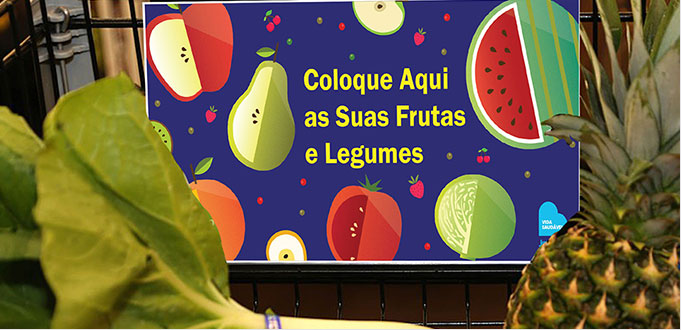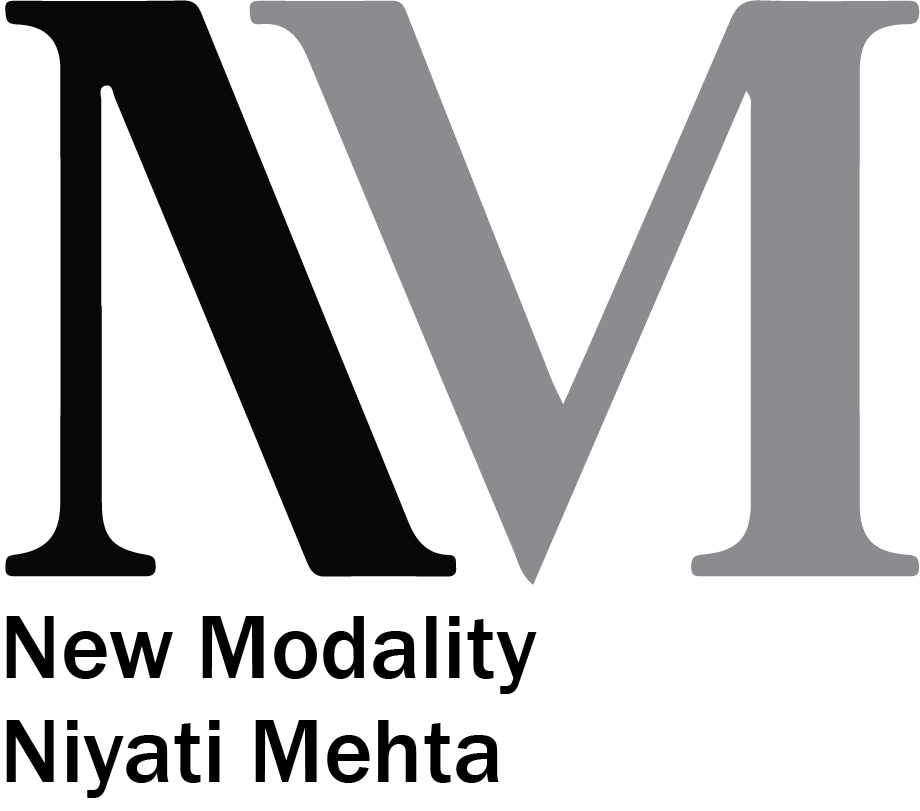CLIENT
PROJECT
HEALTH and WELLNESS
Nutrition (Customers- all age groups)
To promote general health and wellness by enabling visual nutritious possible solutions through choice architecture.
Types of Nudges applied: Motivational, salient, attractive, hot spot, default, directional, placement, etc.
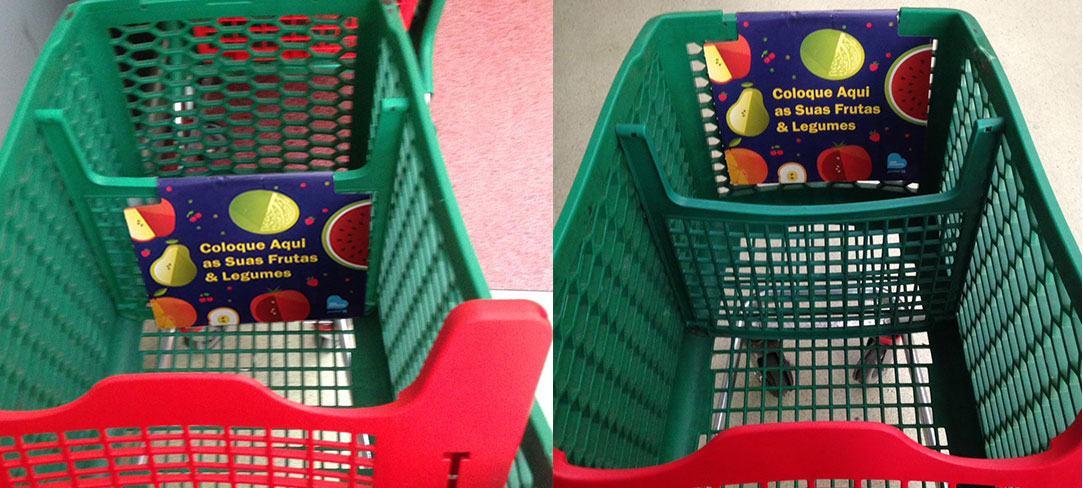
BRIEF
- Behavioural economics has progressed to a point to suggest that small and subtle cues in our environment influence our decisions every day.
- These environmental cues often influence how and what we buy in the super market. Much of our decisions are either pre decided or made quickly, without careful consideration.
- For example, grabbing a convenient candy bar at the checkout register without much thought given to how it will impact long-term health goals.
- Our brief was to come up with subtle visual cues that would help trigger this healthier choice architecture.
PROCESS
The application of Behavioral Economics insights, the users buying intentions were targeted to be altered in ways nudge the user towards healthy eating.
The design was to aim to motivate the users to buy a higher ratio of fresh green produces and fruits over the meat, dairy, and bread.
By applying behavioral economics insights, the user’s buying intentions can be altered in ways that nudge him or her towards eating more healthily.
We aimed our nudge to motivate users to buy a higher ratio of fruits and vegetables over meat, dairy, and bread.
A behavioral diagnosis is an approach to problem-solving that starts with a deep understanding of the importance of nutrition on people’s decisions towards their health. By zooming in to each step and every detail of the whole process surrounding the key behavior, it becomes much easier to figure out the where, when and how of tweaking the attitude of the user.
By applying insights from behavioral economics, onsite buying intentions can be designed to be altered in ways that nudge people towards eating more healthfully.
Aiming towards a healthy lifestyle through motivational nudge of buying a greater ratio of fruits and vegetables over meat, dairy, and bread.
Duration & Benefit: Implemented October and November 2018 with a 1-month test for each intervention.
Why?
Providing some kind of incentive —financial, social, recreational, reputational or otherwise—is another strategy that can make behavior change easier.
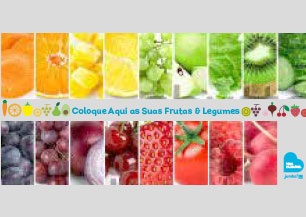

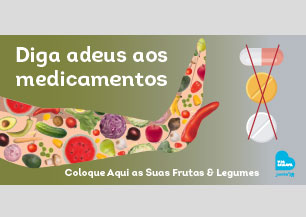

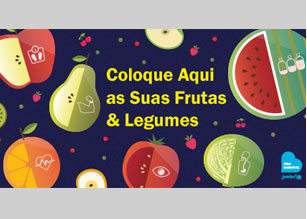

SOLUTION
Our Focus was motivational driven vibrant, attractive, noticeable visual colorful cues that would linger in the customer’s mind even after leaving the supermarket.
The choices intended to nudge were presented in an interesting more accessible location from the entrance to the produce section to leaving the grocery at the exit or then presented also as a default option.
The division of the shopping cart with the visual message was defaulted to fill the cart firstly with fresh healthy produce before moving further inside into more shopping.
